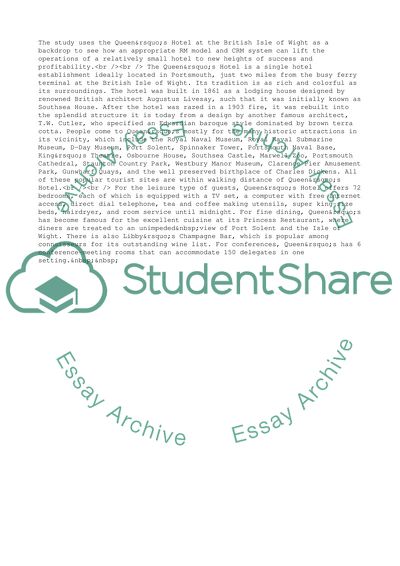Cite this document
(Revenue Management and CRM: the Systems Appropriate for Queens Hotel Case Study, n.d.)
Revenue Management and CRM: the Systems Appropriate for Queens Hotel Case Study. Retrieved from https://studentshare.org/management/1714767-queens-hotel
Revenue Management and CRM: the Systems Appropriate for Queens Hotel Case Study. Retrieved from https://studentshare.org/management/1714767-queens-hotel
(Revenue Management and CRM: The Systems Appropriate for Queens Hotel Case Study)
Revenue Management and CRM: The Systems Appropriate for Queens Hotel Case Study. https://studentshare.org/management/1714767-queens-hotel.
Revenue Management and CRM: The Systems Appropriate for Queens Hotel Case Study. https://studentshare.org/management/1714767-queens-hotel.
“Revenue Management and CRM: The Systems Appropriate for Queens Hotel Case Study”. https://studentshare.org/management/1714767-queens-hotel.


